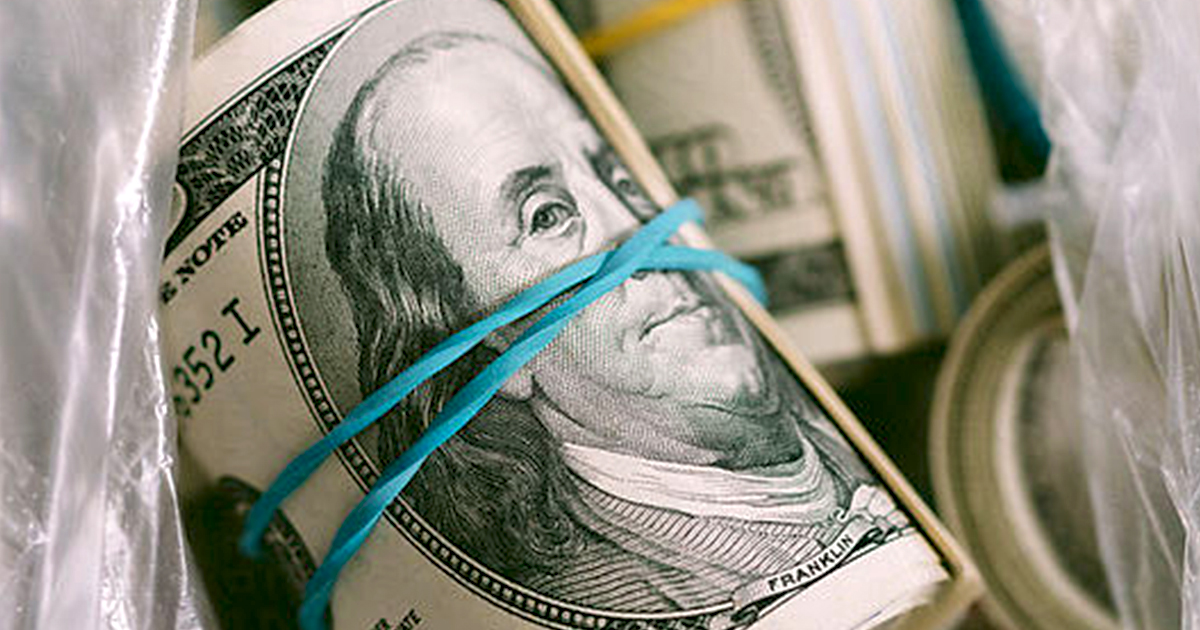New Study Brings Positive News for the Fight for $15

By:
Hiking the minimum wage to $15 per hour, critics say, will lead to the people its supposed to help losing their jobs to machines or lower paid workers elsewhere in the U.S. or abroad. But a new study says this critique isn’t true — in fact, raising the bare minimum companies have to pay will lead to happier and more productive employees (and less costly turnover at the office), with more money to inject in the economy.
ATTN: has previously covered the issue and the video below explains why raising the minimum wage actually doesn't kill jobs.
Researchers at the University of California, Berkeley, looked at how raising the minimum wage from $10.50 per hour to $15 by 2023 would impact California workers and employers, alike, in a study published Wednesday. What they found, is that doing so would increase the take-home pay of more than 5.2 million workers, the majority Latino, by an average of $3,900. And the effect would be felt not just in the wallet, wealthier employees would also be healthier, as would their children.
However, the hike would also raise costs for employers, with some companies are already threatening to leave California because of it.
“When California embraced a $15 wage target, I realized that my company couldn’t continue to operate in the state,” Houman Salem, who runs an apparel company with a factory in L.A., wrote in The Los Angeles Times. Paying $15 an hour would come out, on his end, to “just under $40,000 a year per full-time employee,” he explained, adding that the rising wages left him with no choice. He’s now planning to move his ARGYLE Haus of Apparel to Las Vegas, Nevada, where the minimum wage is just $8.25 per hour and subject only to an annual cost-of-living increase.
 Flickr/401(K) 2012 - flic.kr
Flickr/401(K) 2012 - flic.kr
When an employer says increased labor costs will lead them to leave in search of lower wages, should we believe them?
Michael Reich co-chairs the Center on Wage and Employment Dynamics at the Institute for Research on Labor and Employment at UC Berkeley. He told ATTN: that Salem isn’t wrong, but neither is his research.
There are about 2,100 garment makers in Los Angeles County, according to the Bureau of Labor Statistics, employing around 40,000 people. Those jobs, Reich said, are at risk of leaving — but they already were. As The Los Angeles Times reported last spring, the apparel industry in L.A. is just two-thirds the size it was in 2005. Rising wages will not reverse this trend.
 Stocksy/Alexey Kuzma - stocksy.com
Stocksy/Alexey Kuzma - stocksy.com
“Most low-wage jobs are in services that cannot move to distant locations,” Reich said, like restaurants, retail stores and health care.
“I have done a similar study for New York state and obtained the same results,” Reich said, and his research suggests the positive effects of raising wages would persist should $15 per hour ever become the national standard.
In one of the poorest counties in California, Fresno County, raising the minimum wage would have a more dramatic impact than raising it in wealthier areas like San Francisco. There, Reich found, raising the minimum wage would actually create more jobs, the costs to employers negated by the benefit to the economy of workers with a lot more cash to spend.
“Policymakers should commission studies like mine,” Reich told ATTN:. “So that they can base their policies on evidence rather than vague intuitions or fears.”
